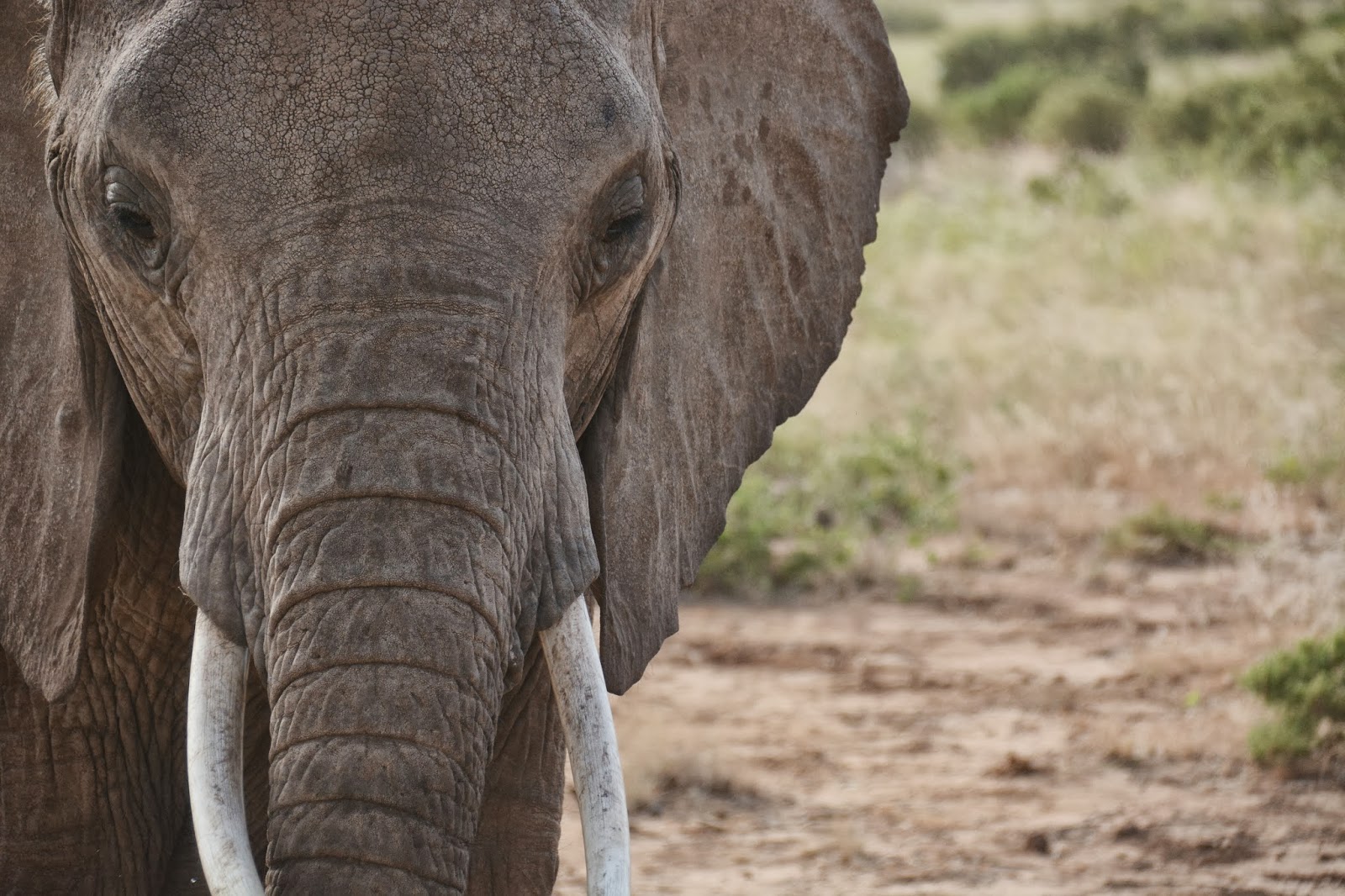

He tries to open his eyes before shutting them and turning his head with a hiss. Whether you go on a short walk, head to a boxing gym for an all-out sweat session, or turn on a 15-minute yoga video at home, exercise is good for you and it will ground you and help you feel more capable. Now he lays on his back somewhere that’s way too bright and from the sound of it something is still on fire somewhere nearby. Exercise can refocus you (your mind can only focus on one thing at a time). The last thing he remembered was banging his fists on the glass of that accursed pod thing he was in before it suddenly shattered and the sudden feeling of falling.
But when you feel overly stressed, fearful, or anxious, the SNS steps in to activate your fight-or-flight response, causing you to feel anxiety symptoms. The PNS lessens arousal, meaning your body is not preparing for danger. There are two branches of the ANS - the parasympathetic nervous system (PNS) and the sympathetic nervous system (SNS). When you experience fear or anxiety, your autonomic nervous system (ANS) activates the fight-or-flight response and mediates the symptoms you experience. Taking deep, slow breaths is important to regulate your body and calm yourself down. Quick, shallow breaths are a common symptom of fear and anxiety. To combat this, it may be helpful to write in a notebook or take a photo whenever you have faced your fear to remind yourself that you did it. Research⁴has shown that people with anxiety tend to struggle to accept positive experiences and dismiss the possibility of the event being positive in the future.
STOW YOUR FEAR HOW TO
Stow gives us insight into how to affect today's culture through faith and not fear. Our brains are wired to experience fear as a way to warn us that we might be in danger. Gerald Stow’s “Faith not Fear” is for you. The emotion of fear is a core part of human experience. Believe it or not, many Japanese also frequently need to stow bags or luggage. This poem, which is believed to date from the thirteenth century, is a lament telling of the poet’s three worst fears and worries: that he must die that he doesn’t know when this will happen and that he doesn. Anonymous, ‘Ech day me comëth tydinges thre’. In the future, you can try taking the bus further, and it will eventually get easier. Are you frustrated by your church’s inability to impact the culture around you If so, Dr. Wheeling a giant suitcase through the streets of Japan is a big no no but. Below, we introduce ten of our favourite poems about fear and fearfulness.

Next time, take the bus with a friend but get off just down the road, so you’re only exposing yourself to this fear for a short time. If you experience anxiety at the thought of taking public transport, first try waiting at the bus stop without actually getting on a bus. If your anxiety is severe, take small steps to tackle your fear. Try taking a friend or family member with you for support. It takes courage, but you don’t have to do it alone.

You can replace the negative image in your mind with a safe memory, or at least ease your mind, so it isn’t as hard next time.įacing your fear isn’t easy. When you face your fear, chances are nothing bad will actually happen. Research³ shows that facing your fears is an important step when your fear is a result of a negative experience or a bad situation that you have imagined.


 0 kommentar(er)
0 kommentar(er)
